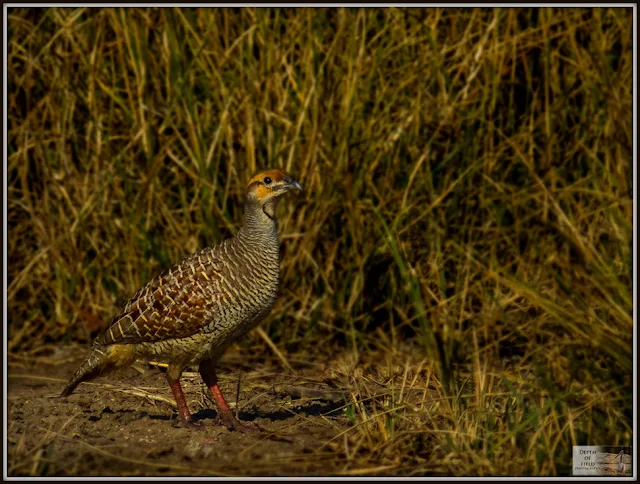So basically we'll keep it short and sweet. We are going to give you top 5 tourist destinations in Ooty that you just cannot miss. Here we go.
To start with, you must not miss any of the tea factory tours in the Ooty and Coonoor regions. There is no particular one. Any would do. But the tea factory tours consist of tea plantation view, tour of how tea is made and also a shop from where you can get fantastic Nilgiri Tea.
 |
| Tea factory inside |
 |
| Emerald Lake |
 |
| Avalanche lake |
Although a very common place, but Ooty lake should not be missed if you are having one or more little ones with you. Young crowd just love Ooty lake because of boating, different rides, chaat stalls and many more. One quick reminder. Don't try to buy seeds or bulbs of plants from the nearby shops. Most of the time, those are fake.
 |
| Ooty lake |
 |
| Ooty lake |
To enjoy Ooty nightlife and to bring back home some warm clothing at really attractive price, you must visit the Ooty Mall Road. Ooty mall road is more like a metropolitan cramped into a one square kilometer of area. Restaurants to cafes to cloth shops, its all here.
 |
| Mall road at Ooty |
 |
| Ooty Mall road |
 |
| Nilgiri Express - Coonoor Station |
bangalore to ooty by road places to visit travel,bangalore to mysore to ooty distance by road travel,bangalore to ooty travel,bangalore to ooty by car travel,bangalore to ooty bus travel 2020,bangalore to ooty package travel 2020,bengaluru to ooty travel 2020,bangalore to ooty road trip 2020 travel review,bangalore to ooty volvo bus 2020 travel review,bangalore to ooty bus ksrtc 2020,best place to stay in ooty for honeymoon 2020,cheap and best place to stay in ooty 2020,best place to stay in ooty for family 2020,best place to stay in ooty for couples 2020,best place to stay in ooty with friends 2020,best places to visit in ooty in 2 days 2020,places to visit in ooty and coonoor in 2 days 2020
bangalore To Ooty By Road Places To Visit Travel Bangalore To Ooty Road Condition Video
You can discover more about bangalore to ooty by road places to visit travel please visit: ➡ http://thetravellerweare.blogspot.com
This video is showing bangalore to ooty by road places to visit travel valuable information but also try to cover the following subject:
-bangalore to ooty road condition
-tourist places in ooty
-best time to visit ooty
Youtube is the very best place to go when searching for videos about bangalore to ooty by road places to visit travel.
bangalore to ooty by road places to visit travel is undoubtedly something that intrigues you and other individuals so I made this video .
--------------
Follow our video clips concerning bangalore to ooty by road places to visit travel as well as other similar subjects on
Facebook:
~~~~~~~~~~~~~~~~~~~~~
Now that you have actually viewed my YT video regarding bangalore to ooty by road places to visit travel did it assisted?
Please like the YouTube vid to help other people looking for bangalore to ooty road condition or tourist places in ooty :)
bangalore to ooty by road places to visit travel,bangalore to ooty road condition,tourist places in ooty,best time to visit ooty,ooty travel guide,#bangalore to ooty trip,review bangalore to ooty by road places to visit travel, honest opinion bangalore to ooty by road places to visit travel,how to reach ooty from bangalore,places to visit in ooty,bangalore to ooty roadtrip,ooty lake boat house,how to reach ooty from bangalore














































